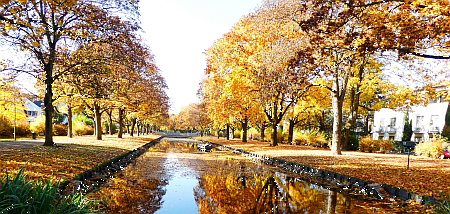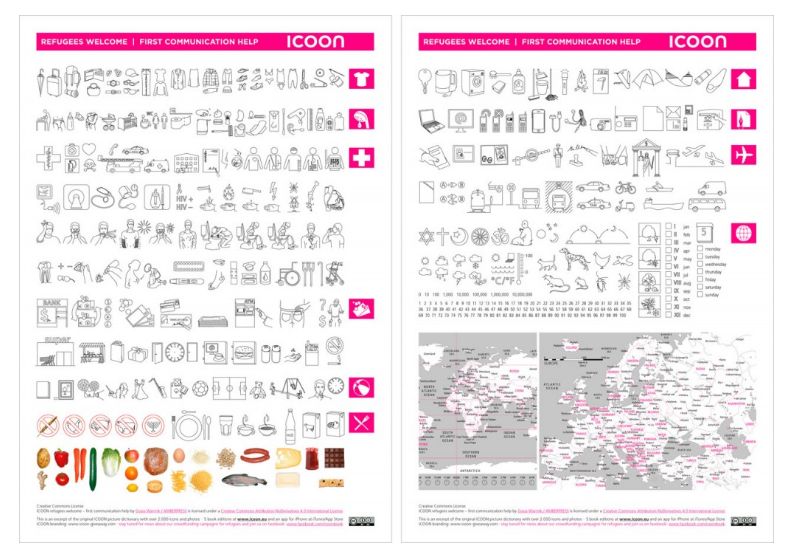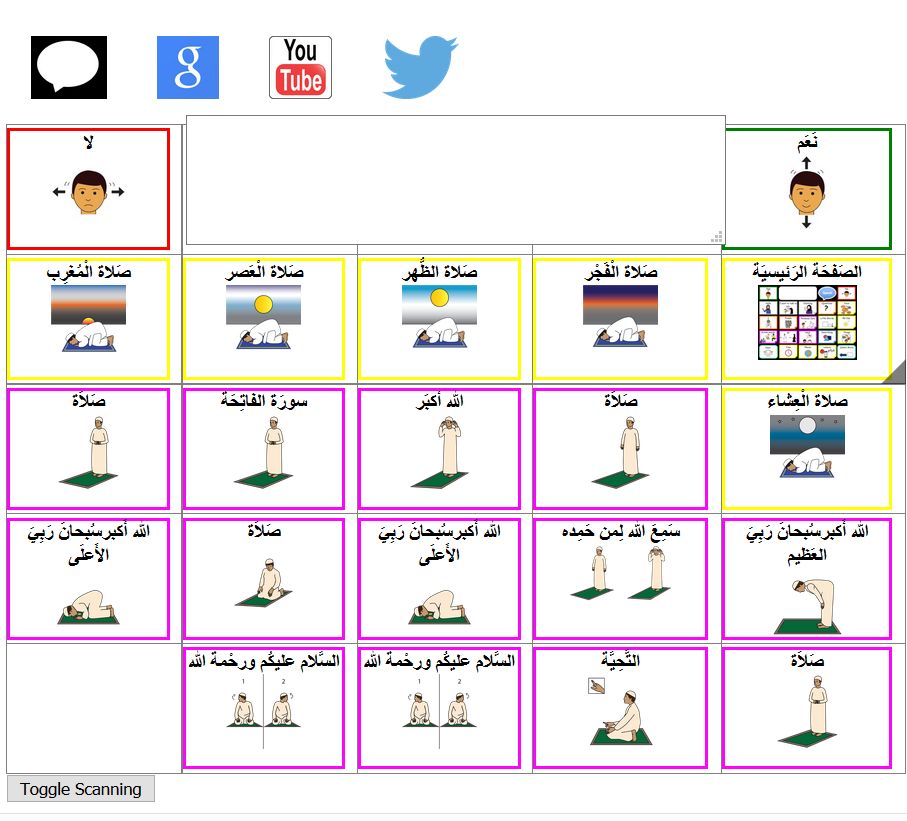
On the 26th October Dr. Amal Ahmad, David Banes and I headed to Cologne to meet Professor Jens Boenisch and his team from the University of Cologne. I met Jens and his colleague Lena Schmidt at ISAAC 2016 in Toronto where they were presenting on “Teaching Core and Language in Bilingual Settings “. Jens attended one of our sessions and was so impressed by the work of Tawasol. He realized the potential for future collaboration as Germany welcomed many Arab refugees. He gave me his card and we stayed in touch. Some weeks later Jens emailed me to inform me that his team had received a huge grant to help Arabic refugees and invited me to Cologne along with some of my other colleagues to discuss the possibility of a collaboration.
We arrived to Cologne with a warm welcome from Lena who picked us up from the airport and took us to our hotel. The next day was the Cologne team’s presenting day where they presented to us all the amazing research work they had done, were doing and were planning on doing with the refugee project they had recently started. They presented to us about their major core vocabulary study they had been working on for over 5 years. They collected language samples from American and German school aged children as well as typically developing and cognitively impaired students (IQ<75). They sought to see if core vocabulary was the same across language and cognitive abilities. Their research showed that there were minor differences but more than 90% of core words were the same amongst all research groups. They also asked parents/teachers to identify the most commonly used POS that the cognitively impaired group use. They said nouns and verbs. Surprisingly, the percentages of POS used by the cognitively impaired group was very similar to the typically developing children (the highest being pronouns). This conveys that sometimes what we think our cognitively impaired children know can be very different to what they actually know and do. They showed us their cologne communication binders which are a wonderful resource based on 10 years of research into core vocabularies and so important in language learning.
Cologne Communication Boards and Binder
The second day of our Cologne stay was Tawasol’s turn to present. We were keen on setting the scene with the first part – Arabic history, language and culture. I felt it was important to convey this information as in order to be able to work with a group of people that are different to you, it is important to know who they are, the things that have shaped them and the things that are important to them. Only then can understanding be fostered and a bond of trust and rapport building be facilitated. I started with our proud moments in Arab history where the Arab world was the centre of the world in terms of education, philosophy, medicine, astronomy, military strategy and much more. I talked about the complexities of the Arabic language; the syntax – noun and verb root words and how pronouns attach to indicate tense, plural, gender, pronouns etc. and the differences between Arabic and English and how this affects symbol to text translation. I discussed the Arabic letter system and the complexities of having a diacritic system and its implications on young Arabic readers. I discussed the rich culture of the Arabs including the importance of family, food, marriage/pro-creation, the home land, religion and neighbours. I also spoke about Arabic social norms and how that may affect interactions within German society.
It was very insightful for the Cologne team and we agreed that there were many beautiful things that we could learn from each other. I then spoke about the work of Tawasol with a specific focus on the symbol designs and criteria we used in creating our symbols as well as our frequency lists.
We discussed the implications and how we could combine our work to help refugees learn the German language in a quick and effective way to help them integrate. In addition to helping Arabic AAC users learn German, but also explore a means of communication with their Arabic speaking parents. We are very thankful to the Cologne team for their exceptional hospitality and inviting us to help them help Arab refugees settle into their new homeland.
Stay posted for more updates on this collaboration…





